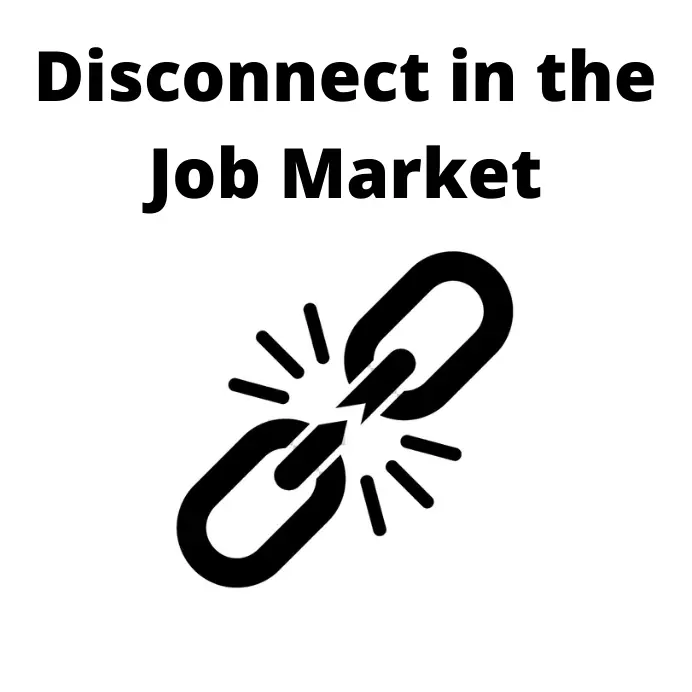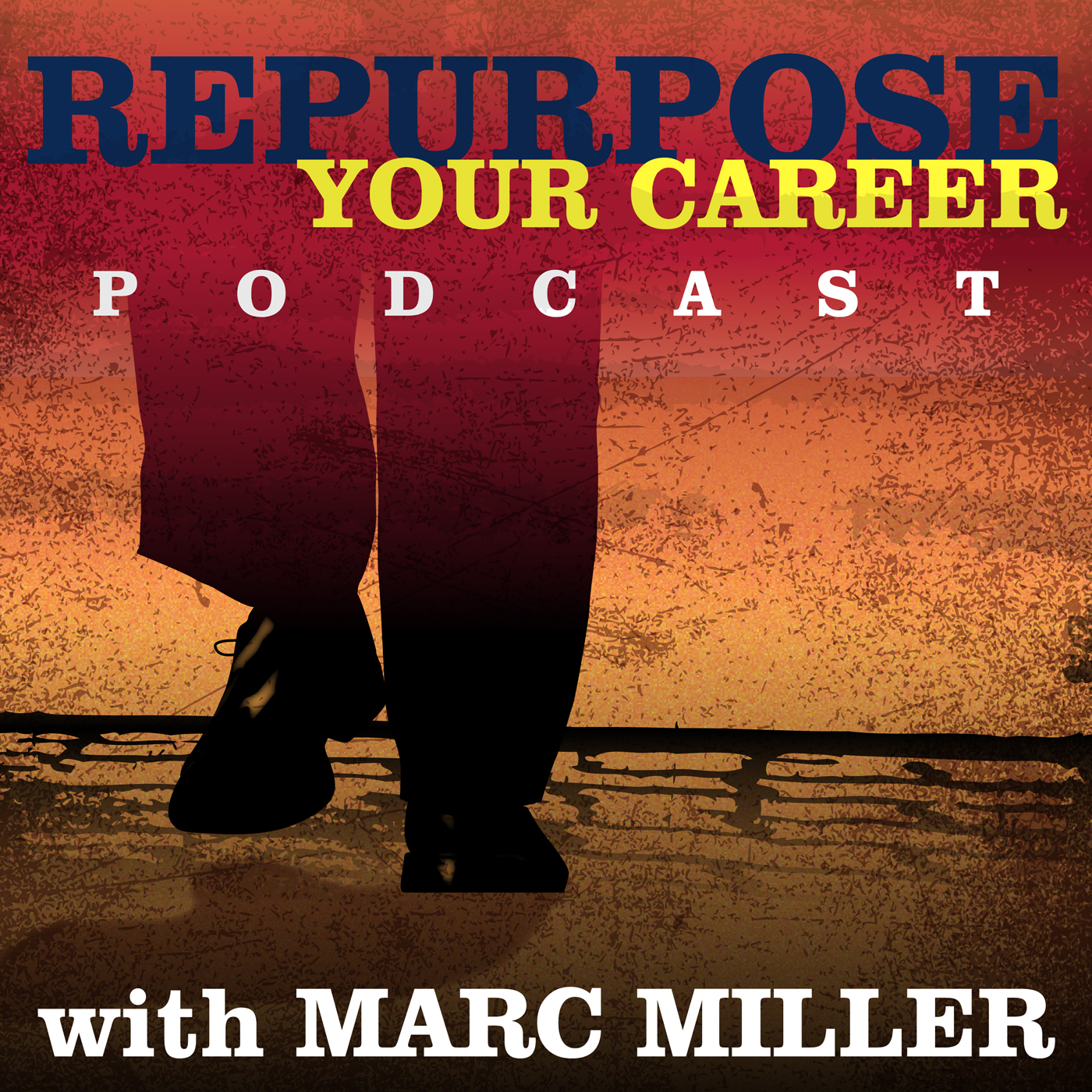Disconnect in the Job Market
 You do not have to be a rocket scientist to see that there is a huge disconnect in the job market. There are over 14 million jobs open right now and employers cannot find workers. At the same time, the workforce participation rate is hovering just under 62% which is the lowest in years.
You do not have to be a rocket scientist to see that there is a huge disconnect in the job market. There are over 14 million jobs open right now and employers cannot find workers. At the same time, the workforce participation rate is hovering just under 62% which is the lowest in years.
The politicians are blaming the extremely generous unemployment benefits but that is a small fraction of the problem. The problem falls into 3 broad categories:
- The booming sectors of the economy need mostly blue-collar workers in huge numbers.
- Service sector jobs are returning but they have been historically underpaid and workers have moved to other sectors.
- 40-50% of childcare centers across the country have closed and many of those closures are permanent.
The readers of this blog skew older, over 50 years of age, have underlying conditions that during the pandemic made it dangerous to work in person, and are looking for remote or hybrid work.
Of those 14 million jobs, less than 10% are remote positions.
Do you see why I say there is a disconnect in the job market?
Where are Jobs Booming?
According to the Wall Street Journal podcast episode, Where Jobs are Booming, there are three primary sectors that are creating the majority of the jobs:
- Online retail – This includes all of the supply chain and logistics components, like warehousing, long-haul trucking, and delivery.
- Residential real estate – If you are a home remodeler, pool installer, or any other trade that is involved in residential real estate these are boom times. This also includes any industry supply products for home building or remodeling.
- Manufacturing – Manufacturers cannot keep up with demand for products largely due to the previous two sectors.
What do all three of these sectors have in common from an employment perspective?
Largely blue-collar in-person jobs.
The number one in-demand profession is truck driving. There are over 100K openings for truck drivers. In fact, there is a fear that we may have a gas shortage this summer due to the lack of truck drivers.
To make things worse there is a shortage of porta potties! Companies that supply porta potties are seeing a surge in demand from outdoor events but they need more porta-potties to meet sanitary requirements. Standing in long lines to get into a dirty porta-potty will not cut it anymore. However, there is a shortage of resins to make new porta-potties and there is a shortage of truck drivers to get them to customers.
Listen to the most recent episode


Marc Miller
Discover the Perfect Destination for Your Retirement or Remote Work Abroad #337
Have you thought of getting your commercial driver’s license (CDL)?
Do you see the disconnect in the job market?
The Bifurcated Job Market
I wrote about the Bifurcated Job Market in the post, The Bifurcated Job Market in the Post CoronaVirus World earlier this year. Low-skill workers were hit particularly hard in this pandemic. They were either labeled ‘essential workers’ and made to work in jobs where they were susceptible to catching COVID-19 or they were laid off (think hotel and restaurant industry).
As the pandemic wanes and restaurants are hiring again they are struggling to find workers. The lack of workers fall into a variety of categories:
- They found new jobs in a different industry that pays better and has better benefits. Amazon has hired a lot of former hospitality workers.
- Hospitality work is difficult and in the time of masking and social distancing, it is even more taxing. Many are asking why they would go back to work at a difficult job with low pay. This is why many restaurants are offering bonuses.
- Many of these workers have children with the need for childcare to return to work. Until schools reopen in the fall and the childcare industry recovers these workers will not return.
- Finally, the generous unemployment benefits make staying at home attractive for the lowest-paid workers.
We have known for a long time that income inequality is a huge problem in the US. We may not get a rise in the minimum wage but wages in the service sector will increase and the workers have the upper hand right now.
How Long will the Disconnect in the Job Market last?
I think the disconnect will be permanent changes to our economy and therefore the labor market. I am hopeful that we will gain greater respect for what we now call essential workers. Check out what one Virginia neighborhood did for their local UPS delivery driver.
When I was in Austin I had 26 coffee meetings during our month-long stay. I estimate about half of the people I met with were ordering their groceries online for either store pickup or delivery. That is a massive shift in just one sector of the economy.
At the same time, we are seeing a big disconnect with company CEOs who want to bring all of their employees back into the office and only a small fraction wants to return at all.
I believe this disconnect in the job market will last well into 2022 as the rest of the world recovers. As I write this post from my home in Ajijic, Mexico mass vaccinations are finally moving into high gear. They have just opened up vaccinations for people 50-59 years of age and they are running smoothly, which was not true just a couple of months ago.
We live in an interconnected world with worldwide supply chains. Until the rest of the world recovers, we will not see our labor markets go back to normal, whatever that means.
What Should You Be Doing?
You need to be looking at industry trends. Will your industry recover or is it permanently crippled? If it will recover, at what speed?
Now is the time to be a networking fiend. That means getting out meeting people face-to-face. I know from my coffee meetings in the last month that a lot of you are tiptoeing back into the world. For the last 15 months, we have stayed away from everyone but our immediate family. Now is the time to start re-engaging – but at a pace that you can handle.
The next year will be “interesting” but hopefully not as “interesting” as the last 15 months… and I hope a lot less scary.
Have you spotted the disconnect in the job market? How are you adapting?
Marc MillerLike What Your Read? Get Career Pivot Insights
Do You Need Help With ...

Check out our Help Center where you have access to 14 different content portals.


Marc,
Thanks for this article, there’s so little published that looks at all the factors behind this job/employee disconnect and looks beyond supplemental unemployment. I agree that’s it’s going to take a while to recover, and may open some eyes on how much we rely on those essential workers in crappy jobs, both in the US and around the world.
Cleo,
Early in the pandemic, I read a couple of articles about how we “might” view essential workers differently after the pandemic is over. We are definitely seeing that improving pay and working conditions for these people really works.
However, time will tell if this continues.
I am currently working a covid job delivering packages for FedEx. To be honest I like the job much more than my previous job. A lot of this is due to the fact that I could have done my last job remotely, but my boss insisted on being in the office, busy or not. In Property Management, tenants very, very rarely come into the office anymore and we had our rent payment over 95% automated. All of our software was cloud-based, so really no need to be in the office.
At the FedEx depot, we are staggered start times, so I am not really close to anybody during loading, and I drive a truck all day by myself loaded with mostly e-commerce deliveries that don’t require a signature, so as far as Covid Safety, I think there is no too much better of a job. I don’t think I’ll go back to my previous job unless there is a lot more flexibility and no office hours required even though I earn a lot less now, I am able to make my budget, and its a pretty easy job with very little stress.
Leslie,
As long as you can physically do the job, great. You have probably already figured this out but good shoes are critical and make a huge difference.